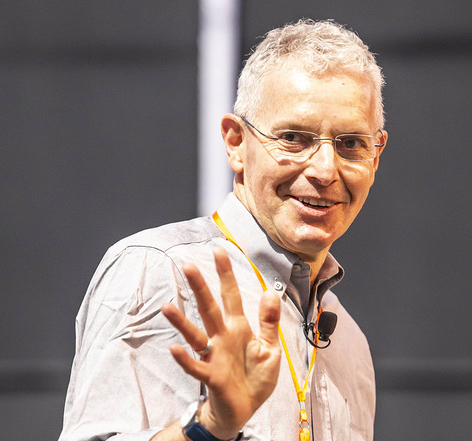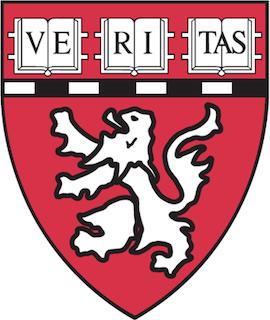
Tomas Kirchhausen, Ph.D.
The Kirchhausen Lab focuses on understanding processes that mediate and regulate cellular membrane remodeling, the biogenesis of organelles, and the ways by which viruses, biologicals and oligonucleotides are delivered to the cell interior.
By direct observation of molecular events obtained using Lattice Light Sheet Microscopy and Lattice Light Sheet Microscopy optimized with Adaptive Optics (AO-LLSM), frontier optical-imaging modalities with high temporal resolution and spatial precision, we aim to bridge the gap between molecules and cells, either as independent entities in culture, as components of organoids, or as constituents of living tissues. The richness and magnitude of the big-data obtained over periods ranging from seconds to hours create new challenges for obtaining quantitative representations of the observed dynamics and for deriving accurate and comprehensive models for the underlying developmental mechanisms. With these type of dynamic studies we expect to integrate molecular snapshots obtained at molecular and atomic resolution using cryoEM with live-cell processes, in an effort to generate ‘molecular movies' allowing us to obtain frameworks for analyzing some of the molecular contacts and switches that participate in the regulation, availability, and intracellular traffic of the many molecules involved in signal transduction, immune responsiveness, lipid homeostasis, cell-cell recognition and organelle biogenesis. Such biological phenomena have importance for our understanding of many diseases including cancer, viral infection and pathogen invasion, Alzheimer's, as well as other neurological diseases.
Harvard Medical School
Dept. of Cell Biology, WAB-133
200 Longwood Avenue
Boston, MA 02115
Lab telephone: 617-713-8888
Lab fax: 617-713-8898
J Biol Chem
View full abstract on Pubmed
Curr Opin Cell Biol
View full abstract on Pubmed
Cell Mol Life Sci
View full abstract on Pubmed
Curr Opin Cell Biol
View full abstract on Pubmed
EMBO J
View full abstract on Pubmed
J Biol Chem
View full abstract on Pubmed
EMBO J
View full abstract on Pubmed
J Biol Chem
View full abstract on Pubmed
Proc Assoc Am Physicians
View full abstract on Pubmed
